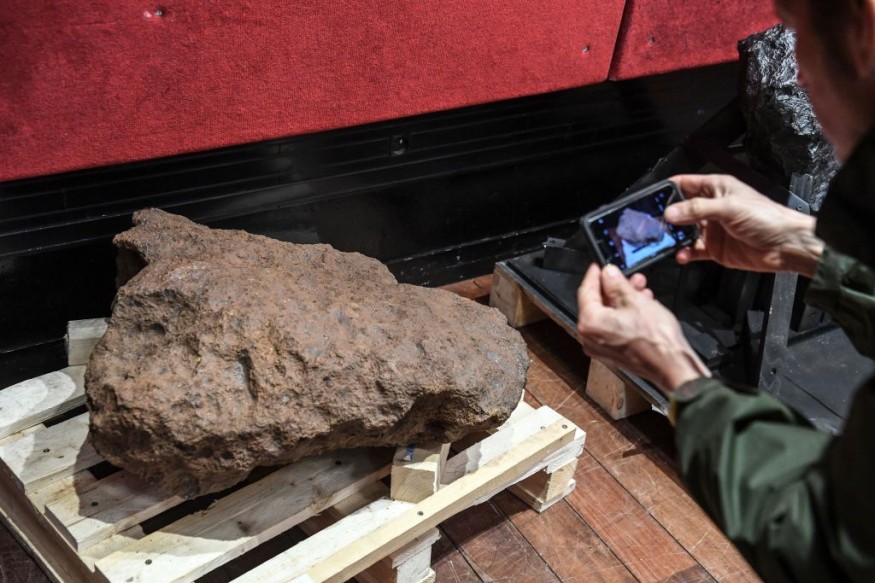According to the latest report, experts found a 4.6 billion-year-old meteorite in Algeria that could assist them in deciphering the solar system and the age of other meteors.
Scientists have been on a quest to unearth the wonders of galaxies, solar systems, and planetary materials. This understanding can give insights into the possible life on planets. It can also help researchers to understand Earth better.
With advanced technology and analysis, researchers could finally observe meteorites that likely existed thousands or millions of years ago.
It can help indicate a potential life or behavior in the galaxies.
Billion years old meteorite

According to research published in Nature Communications, a 4.6 billion-year-old meteorite was unearthed in the Sahara Desert in Algeria.
The meteorite was uncovered in 2020, also called Erg Chech 002.
Reports showed that it was an andesitic achondrite and stony meteorite, making it one of the oldest known to science. The meteorite age was uncovered based on the lead-isotopic age.
Monitoring meteorite activity could be difficult, but scientists have been eager to look for more ancient meteorites that can contribute to the studies of the solar system.
NASA explained that at least 48.5 tons of possible meteorite materials could fall on Earth daily. Meteorite can occur when it manages to fall to the ground and survive.
The Perseid Meteor Showers on Earth can emerge in August, showing at least 50 to 75 meteors per hour. It could be likely that the said meteor event is still visible this September.
Perseids showers are also known as the best meteor shower yearly.
According to the researchers, the discovered meteorite revealed to spread evenly. They also found the Aluminum-26 (26Al), a solar system's heat source.
With the latest discovery, the meteorite is helpful to unravel the ages of other ancient meteorites.
Facts about meteors
One of the most-awaited astronomical events is the meteor showers.
Around the world, astronomy lovers prepare their cameras and calendars for amazing moments to witness the rare meteor showers.
Reports revealed that at least 30 meteor showers could be observable globally, if the weather cooperates.
People could also notice different colors of meteors, from green, yellow or red. It can also emerge anywhere.
There is also science to determine a possible meteorite that falls from the sky. Experts conduct mineralogical and chemical analyses to figure out the meteorites.
Experts can also explain or distinguish similarities and differences between meteorites.
Related Article : Astronomy Events: Stunning Perseid Meteor Shower to Unfold on Night Skies From August 12 to 13
For more similar stories, don't forget to follow Nature News.
© 2026 NatureWorldNews.com All rights reserved. Do not reproduce without permission.





